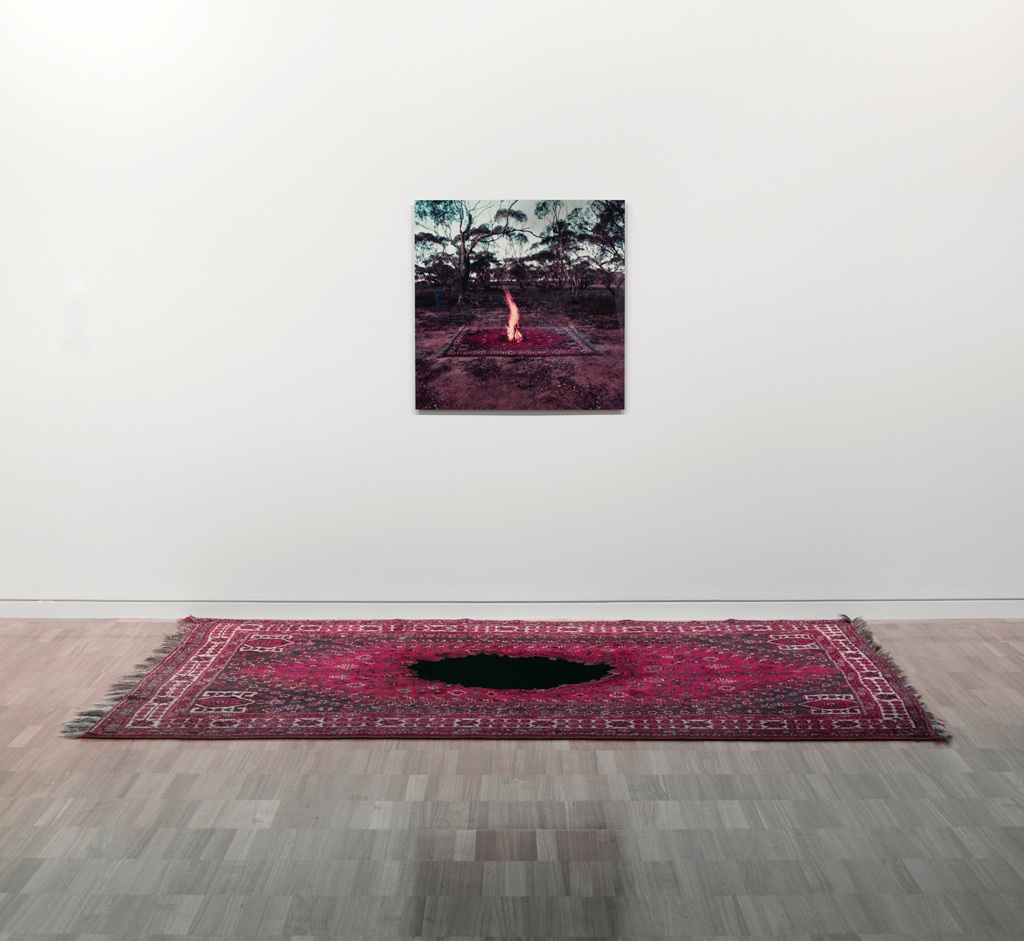Representations of ‘The Bush’ in the Poetry of Charles Harpur
Keywords:
Charles Harpur, colonial poetry, Kate Grenville, The Secret RiverAbstract
The first month of 2013 was marked by two very different events. On 12 January, the Governor General, stars of stage and screen, politicians and other notables attended the Sydney Theatre for the opening night of The Secret River, Andrew Bovell’s adaptation of Kate Grenville’s best-selling if controversial novel. On 23 January a much smaller group of academics and other lovers of Australian literature gathered in Canberra to celebrate the 200th birthday of Charles Harpur, Australia’s first notable poet. While the people involved in these two events were very different, with one attracting much publicity and other none, there was a link. The Secret River, as a program note testifies, ‘takes place in the Hawkesbury River region of New South Wales between 1814-15’. Charles Harpur had been born in Windsor, the major town on the Hawkesbury, a year earlier. Like William Thornhill in the play, his father Joseph was a former convict who received a free pardon from Governor Macquarie in 1815. By then he was the schoolmaster at Windsor, where he had a grant of land, so that, unlike Thornhill’s children, Harpur grew up with books as his companions.In the stage adaptation of The Secret River, Stephen Curtis’s set gives a powerful representation of the beauty and the might of the bush before white settlement, a beauty sullied at the end of the play as Thornhill draws the lines of a fence on the backcloth. For the characters in the play, the bush represents different things: it is home for the Indigenous family, the hope of a prosperous future for Thornhill, a place of fun and games for Dick Thornhill, Garraway and Narabi, but totally alien to Sal Thornhill who never stops longing for London. How did Harpur, growing up on the Hawkesbury during this period, represent the bush and its Indigenous inhabitants? This essay will focus in particular on ‘Lost in the Bush’ and ‘The Kangaroo Hunt’.
Downloads
Issue
Section
Articles
License
The copyright for articles in this journal is retained by the author(s), with first publication rights granted to the journal. By virtue of their appearance in this open access journal, articles are free to use with proper attribution in educational and other non-commercial sectors.Attribution-NonCommercial-ShareAlike 2.1 Australia
This work is licensed under the Creative Commons Attribution-NonCommercial-ShareAlike 2.1 Australia License. To view a copy of this license, visit http://creativecommons.org/licenses/by-nc-sa/2.1/au/ or send a letter to Creative Commons, 543 Howard Street, 5th Floor, San Francisco, California, 94105, USA.
How to Cite
Representations of ‘The Bush’ in the Poetry of Charles Harpur. (2014). Journal of the Association for the Study of Australian Literature, 14(3). https://openjournals.test.library.sydney.edu.au/JASAL/article/view/10266

